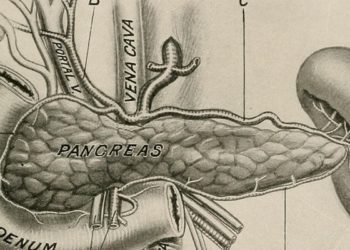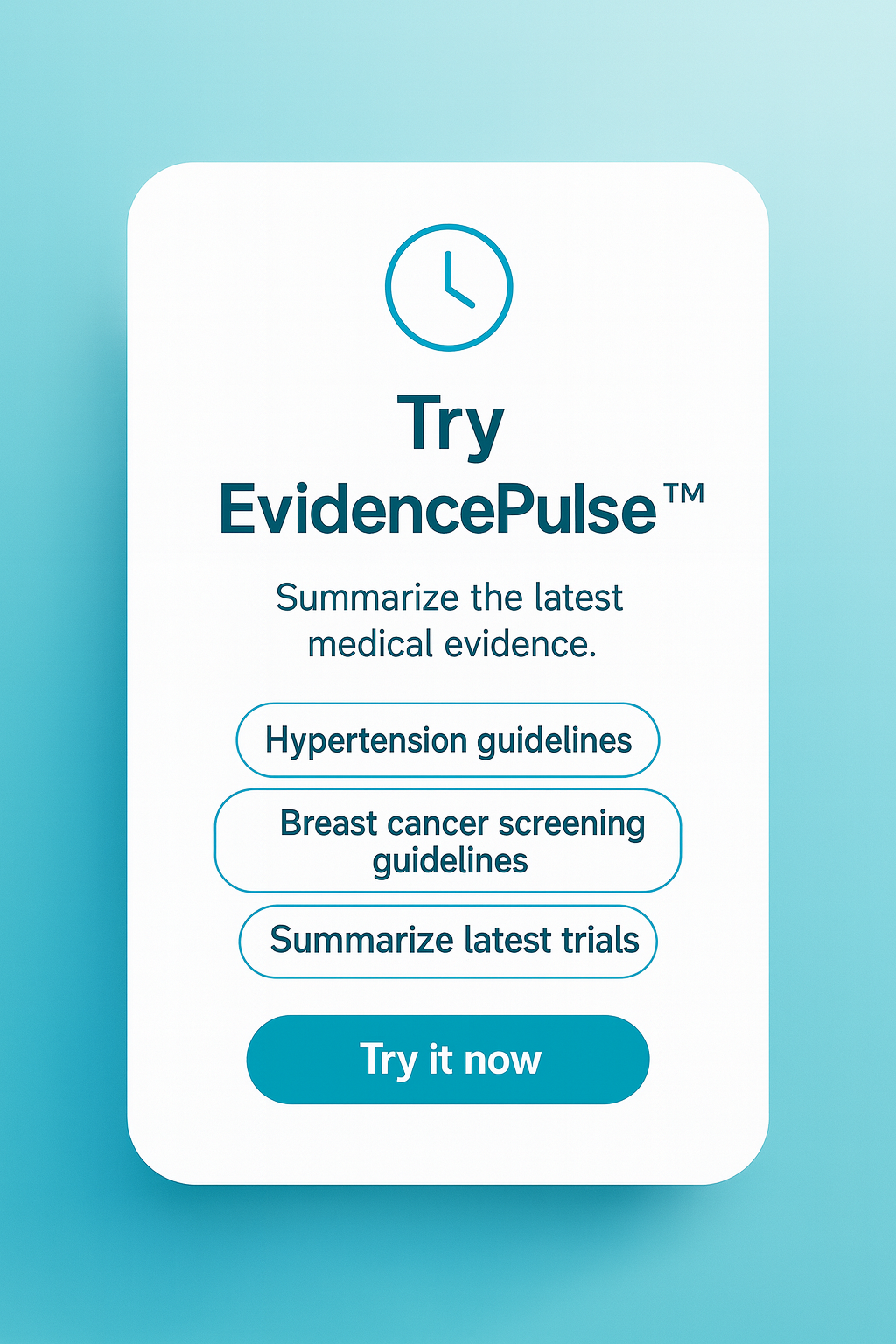The Scan by 2 Minute Medicine®: Kate Middleton’s Hair: Chemo Mysteries, MRI Screening: Is It Useful?, Biden’s COVID Amid Variant Surge, Avoiding Microplastics
07-23-2024
The Scan by 2 Minute Medicine® is a pop-culture medical newsletter and exclusive benefit for 2 Minute Medicine Plus subscribers.
We begin with Kate Middleton’s appearance during chemotherapy treatment. Next, we explore the increasing popularity of whole-body MRI scans for early disease detection. Following that, we examine the spread of new COVID-19 strains in the US. Lastly, we discuss the implications of human exposure to microplastics and strategies to minimize this exposure.
Kate Middleton’s Hair: Chemo Mysteries
The story: Ever since Kate Middleton started her chemotherapy in late February, she made her first public appearance on June 15, when she attended King Charles’ birthday parade, and a second surprise appearance at the men’s singles final at Wimbledon on July 14. One thing has caught the public’s attention about these public appearances: amid the ongoing chemotherapy, Kate still has her full, long, and shiny brown hair!
How is it possible to maintain hair during chemotherapy?
Hair loss is one of the side effects portrayed in movies to visually portray a character going through active treatment and suffering from cancer. For example, in the film “My Sister’s Keeper,” the daughter of the family is deeply upset by her bald head and decides to stay indoors. In a supportive gesture, Cameron Diaz, portraying her mother, shaves her own head. However, a misconception is that everyone going through chemotherapy will lose their hair, which is not true. Hair loss due to chemotherapy depends on variable factors including the type of chemotherapy drug and the regimen, the dose, the route of administration and the treatment duration. Some chemotherapy drugs associated with a higher risk of hair loss include cyclophosphamide, docetaxel and doxorubicin.
How does chemotherapy cause hair loss?
Chemotherapy agents target and destroy rapidly growing cells, such as those in tumours. However, hair follicles are also highly active, with cells frequently dividing to produce hair growth. As a result, many chemotherapy drugs inadvertently affect hair follicles, leading to hair loss alongside the destruction of cancer cells. Eyebrows, eyelashes, underarm hair, and even pubic hair may also be affected by chemotherapy. Hair loss is gradual, and it typically starts about 2 to 4 weeks after beginning chemotherapy. While there are no drugs to prevent or minimize hair loss during chemotherapy, the good news is that hair loss is often reversible. Despite this, hair loss remains one of the most distressing side effects for patients, as it constantly reminds them of their battle with cancer. Considering the obsession with hair in our culture, the emotional impact of this visible side effect cannot be underestimated, as it affects self-esteem and daily life.
MRI Screening: Is It Useful?
With cancer becoming more common at a younger age, as seen with many celebrities such as Kate Middleton, people are seeking early detection methods. Startup companies such as Prenuvo offer whole-body MRI scans, claiming to identify several medical conditions such as aneurysms, multiple sclerosis, and most solid tumours at stage 1 when patients are asymptomatic. This technology, though not new, gained popularity after endorsements from celebrities like Kim Kardashian. In an Instagram post last year, Kim Kardashian described the Prenuvo full-body scan as a “lifesaving machine” and stated it saved some of her friends’ lives. Despite the growing interest in these scans in the US and Canada, medical experts raise concerns about the lack of evidence on the benefits of these expensive scans which cost between $1000-2500. Moreover, these scans can cause more anxiety than reassurance about one’s health. Patients may face misdiagnosis due to false positive results, leading to increased strain on the healthcare system as additional investigations are pursued. In some cases, the scans might also reveal asymptomatic abnormalities that are found incidentally, also known as “incidentalomas.” Many of these incidentalomas may be clinically insignificant and harmless, yet they can induce anxiety as they often raise more questions than they answer. So, what’s the best way of being proactive about health? Screening tests should be specifically tailored for individuals at different ages and stages of life to increase the chance of identifying an issue that can be addressed and make a positive change in someone’s life.
Biden’s COVID Amid Variant Surge
In early spring 2024, COVID-19 cases and hospitalizations were significantly lower than the previous winter in the US. However, the coronavirus continues to mutate, sparking concerns about a summer wave. In April, new strains called FLiRT variants emerged, followed by the LB.1 variant in June. The FLiRT strains made up most COVID-19 cases in the US in early July. Amid the surge of these new strains, on July 18, the White House announced that Biden needed to self-isolate at his home in Delaware due to testing positive for COVID-19. This is the third time that President Biden has contracted COVID-19, despite him being vaccinated and receiving the latest booster shot.
There is not much information on the severity of symptoms caused by the new strains, however, it should be noted that one’s overall health and immune system play a significant impact on symptoms and their severity. While medical experts still recommend vaccination as the key strategy to reduce the severity of symptoms, hospitalizations and death from COVID-19, a study published last year showed that celebrities have significantly influenced public opinions about COVID-19 vaccines, often contributing to vaccine hesitancy. High-profile figures like Donald Trump, Nicki Minaj, and Novak Djokovic were among those whose negative messages about vaccines garnered substantial attention and engagement on social media. The recurrence of COVID-19 cases, even among vaccinated individuals like President Biden, underscores the importance of ongoing vigilance and adherence to public health guidelines.
Avoiding Microplastics
Plastic waste can vary in form and dimensions, with particles smaller than five millimetres classified as “microplastics.” Microplastics originate from various sources, including the breakdown of larger plastic debris into progressively smaller fragments and they are Everywhere! They are present in the air we breathe, our drinking water, the food we consume, and in aquatic environments such as lakes, rivers, and seas. For example, findings of a new study by the University of Toronto published on July 17, suggest that consuming freshwater fish caught for recreation could expose humans to microplastics. So, what are the dangers of exposure to microplastics? Recent research indicates the presence of microplastics and nanoplastics in blood, as well as in organs such as the liver, kidney, placenta, and arteries. Moreover, studies have also shown that exposure to microplastics through air, water and food has been associated with potentially increased risk of respiratory and cardiovascular disorders, colon cancer as well as changes in metabolic functions. Considering the prevalence of microplastics, it is extremely difficult to avoid them. However, there are ways to reduce our exposure to microplastics. These include avoiding plastic packaging for storing food, refraining from heating food and drinks in plastic containers, reducing airborne dust at home, and minimizing the consumption of bottled water. Previously, celebrities such as vegan musician Moby and Canadian director and producer William Shatner promoted the use of reusable water bottles and challenged other celebrities on social media to follow suit and stop using plastic water bottles.
©2024 2 Minute Medicine, Inc. All rights reserved. No works may be reproduced without expressed written consent from 2 Minute Medicine, Inc. Inquire about licensing here. No article should be construed as medical advice and is not intended as such by the authors or by 2 Minute Medicine, Inc







![Macitentan better than placebo for preventing progression of pulmonary arterial hypertension [SERAPHIN Trial]](https://www.2minutemedicine.com/wp-content/uploads/2013/08/ca68dc0329bef0b42ccae7b6656a0f_gallery-75x75.jpg)
